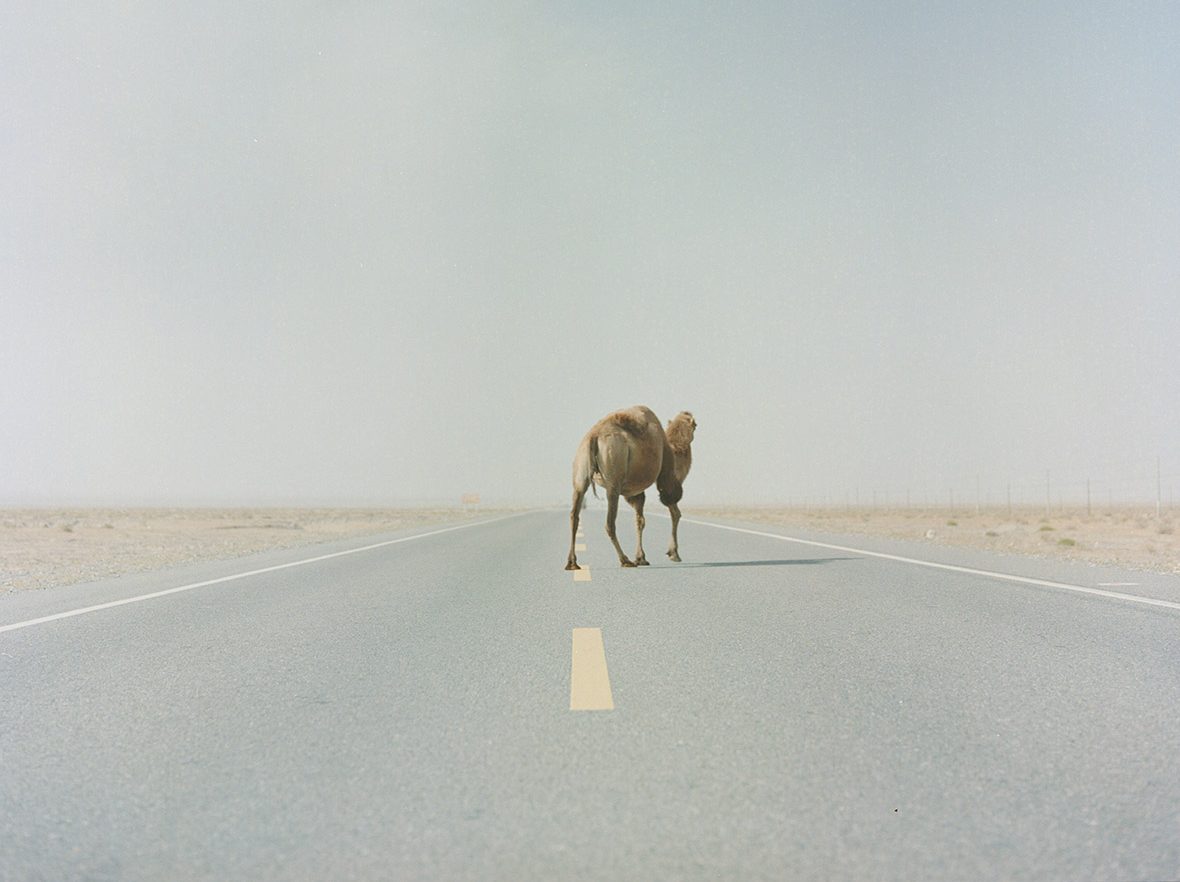This article by Chen Yuan was originally published on Neocha and is republished here, unedited, with permission. The article does not make mention of human rights abuses in Xinjiang: For our own reporting on such issues see our Uyghur Bulletin column and our #Xinjiang hashtag.
In Xinjiang, the region in Western China whose name means “new frontier,” history seems to be everywhere you look. The landscape is stark and bewitchingly beautiful. Across the southern half of the region runs the Tarim river, whose basin collects waterways of the Taklamakan desert and defines the borders of the area known as Nanjiang.
Nanjiang is the subject of a photography series by Zhāng Bóyuán 张博原 called, somewhat confusingly, Jiangnan.
Zhang was born and raised in Xinjiang, and after college he went to study at the University of the Arts, London. And it was there—homesick and far away, having just watched the documentary Tarim River—that he first got the idea to shoot a series in Nanjiang.
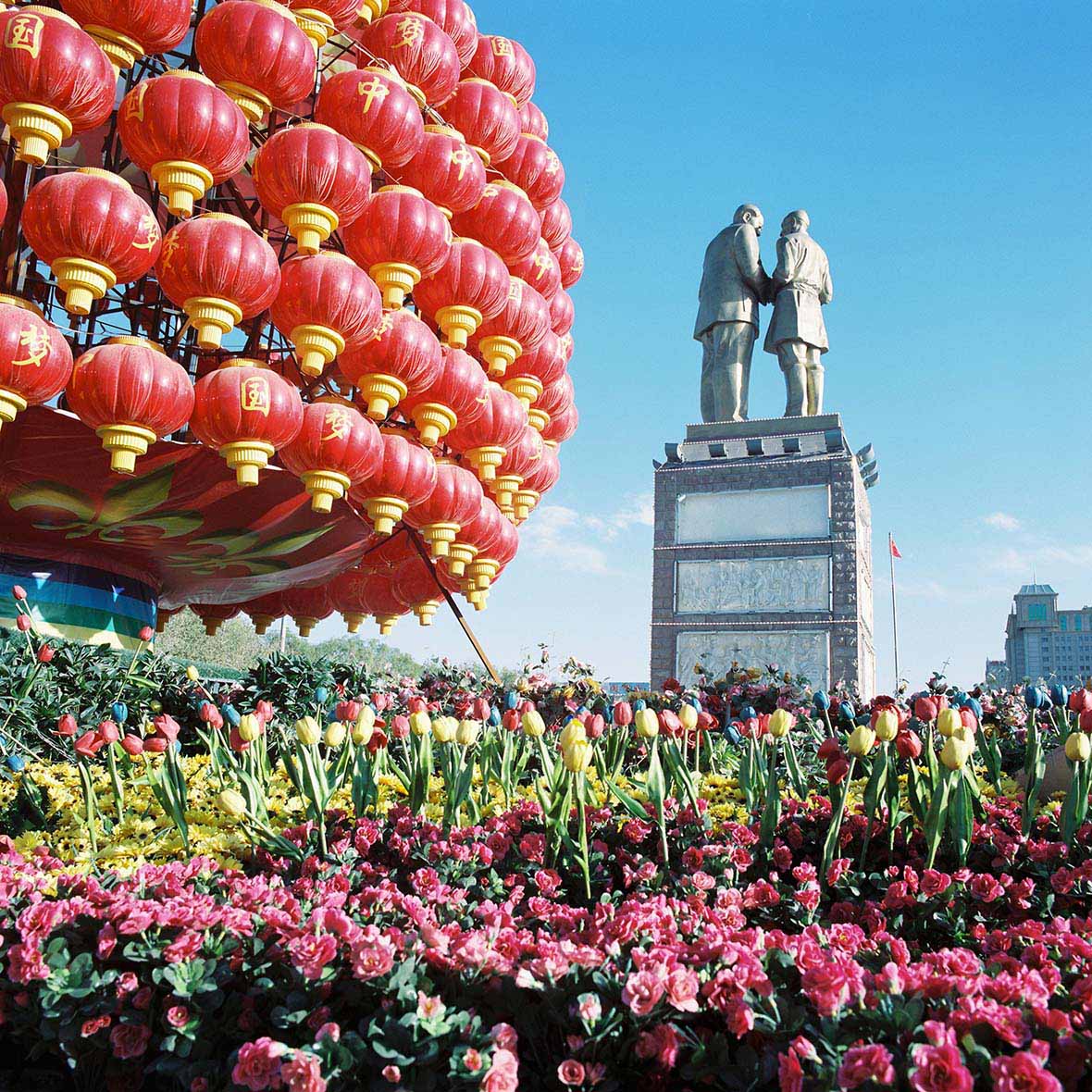
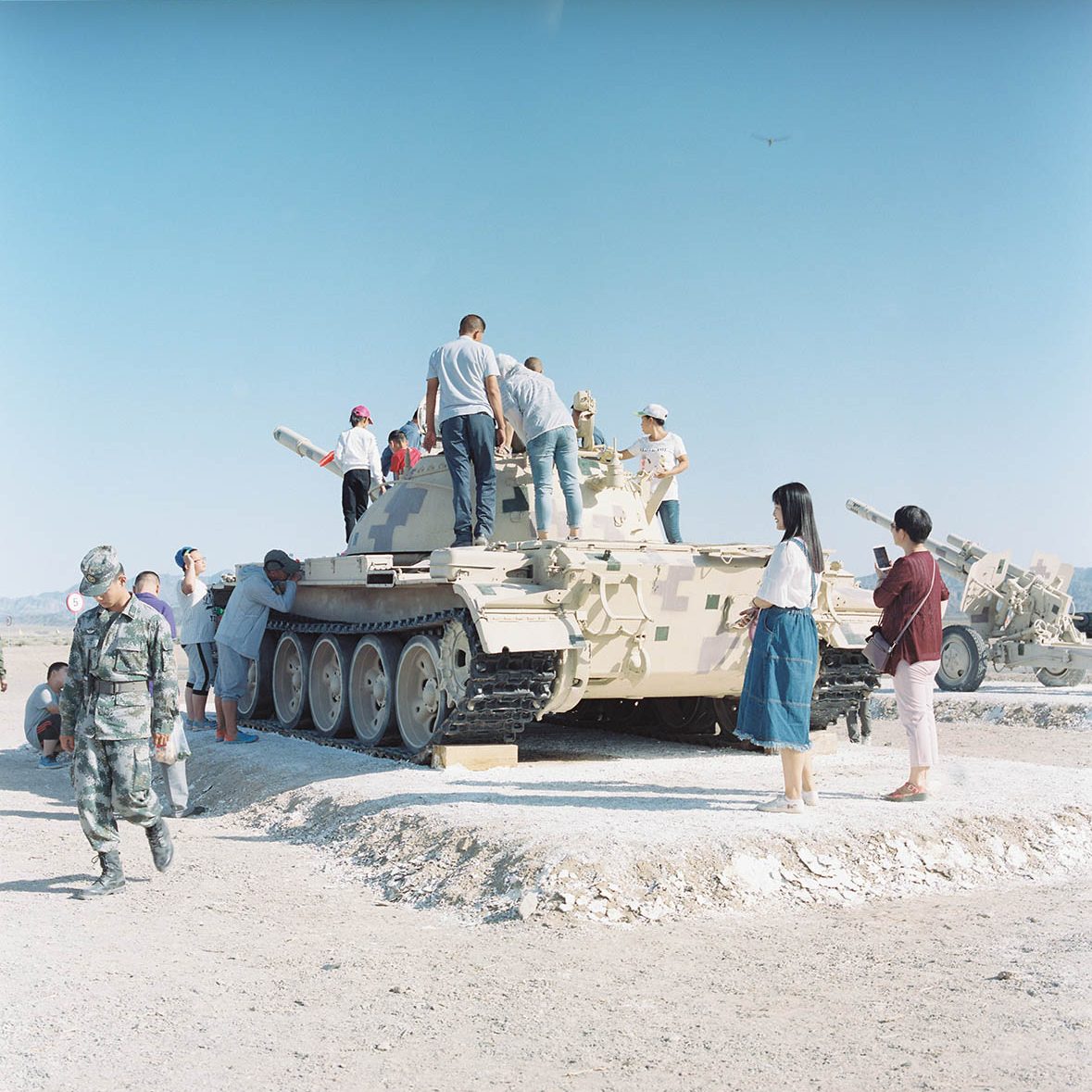
When Zhang first shot the series, one picture in particular stood out to him: an Uyghur child crouching in Unity Square, in the city of Hotan, in front of an enormous statue of Mao Zedong shaking hands with Kurban Tulum. (Kurban Tulum, or “Uncle Kurban,” was an Uyghur farmer glorified by the central government as a symbol of unity). It’s an image rich in detail and suggestion. Zhang has shot all of Jiangnan’s iconic settings, figures, and scenery. He uses that scenery to “construct my own impression, my own fantasy of the land.” It’s an expression of his love for the landscape.
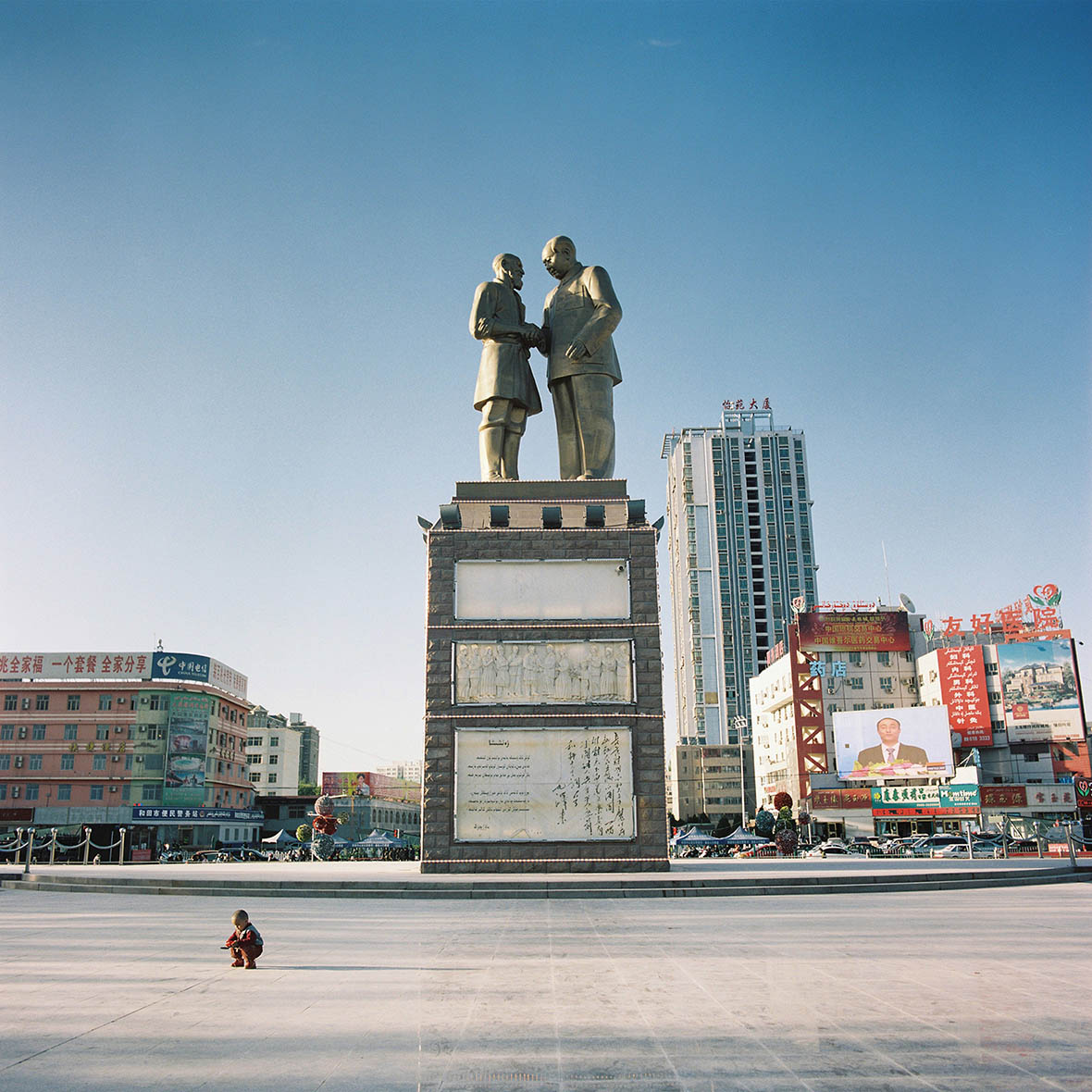
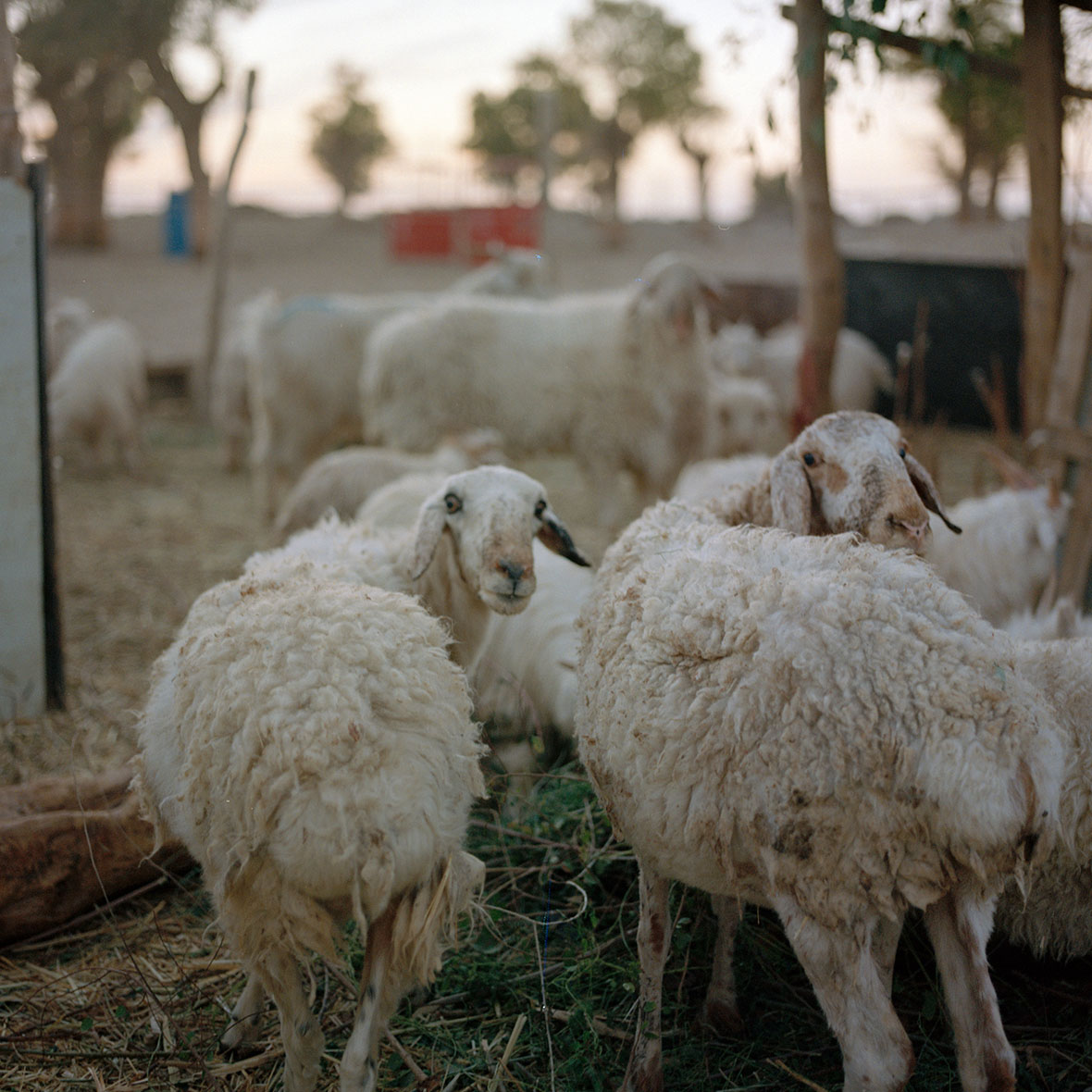
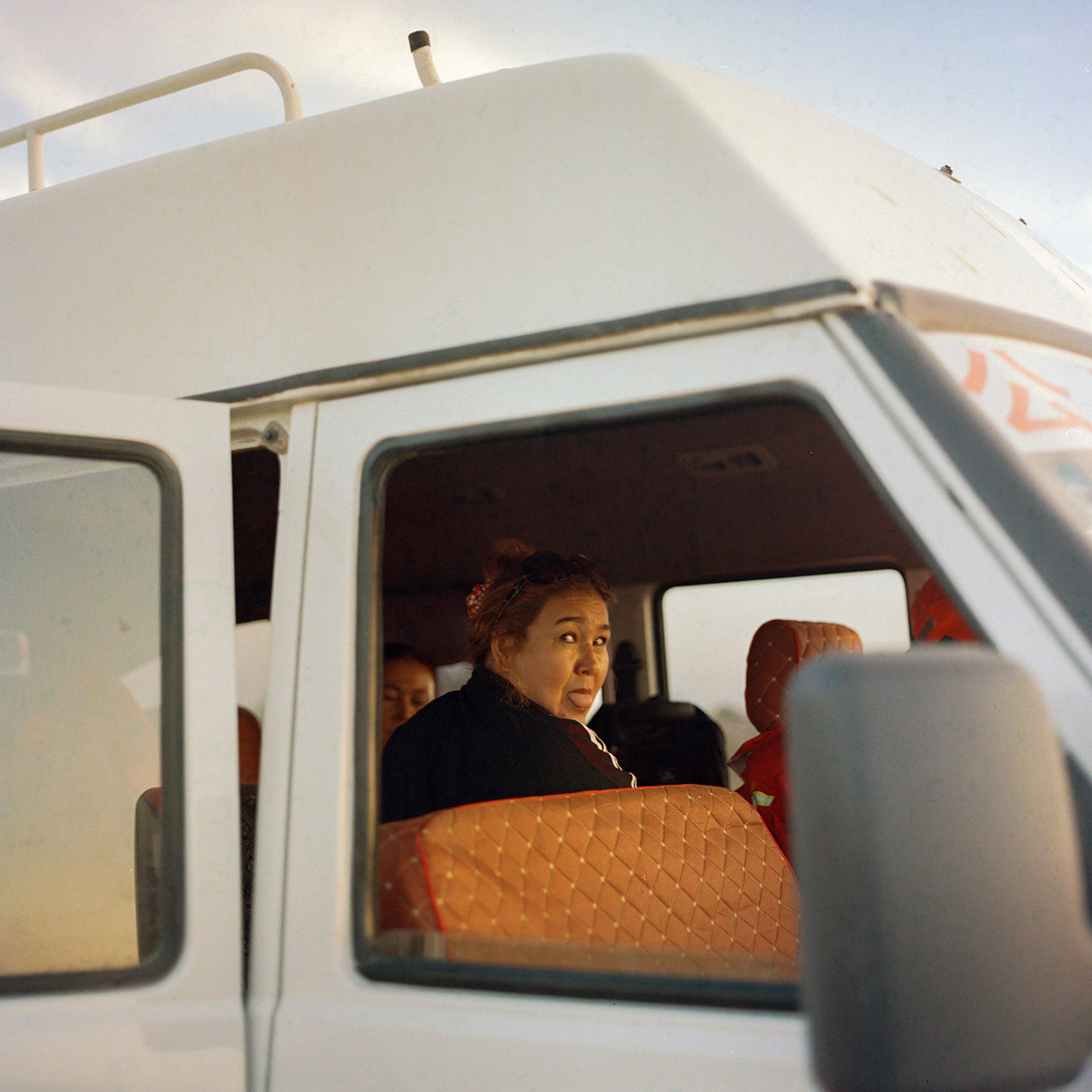
Zhang says that the scenes in his photographs are things that were already there, but are also reflections of his own moods, and bearers of stories. “Compared to emotions and connections with people, relationships with the landscape are more internal, and more difficult,” he says. “My series Jiangnan has been going on for a long time now, and it will continue into the future. What I’m trying to do is use the relationships among the landscapes, and to juxtapose them with people and create connections, to tell the stories of this land.”
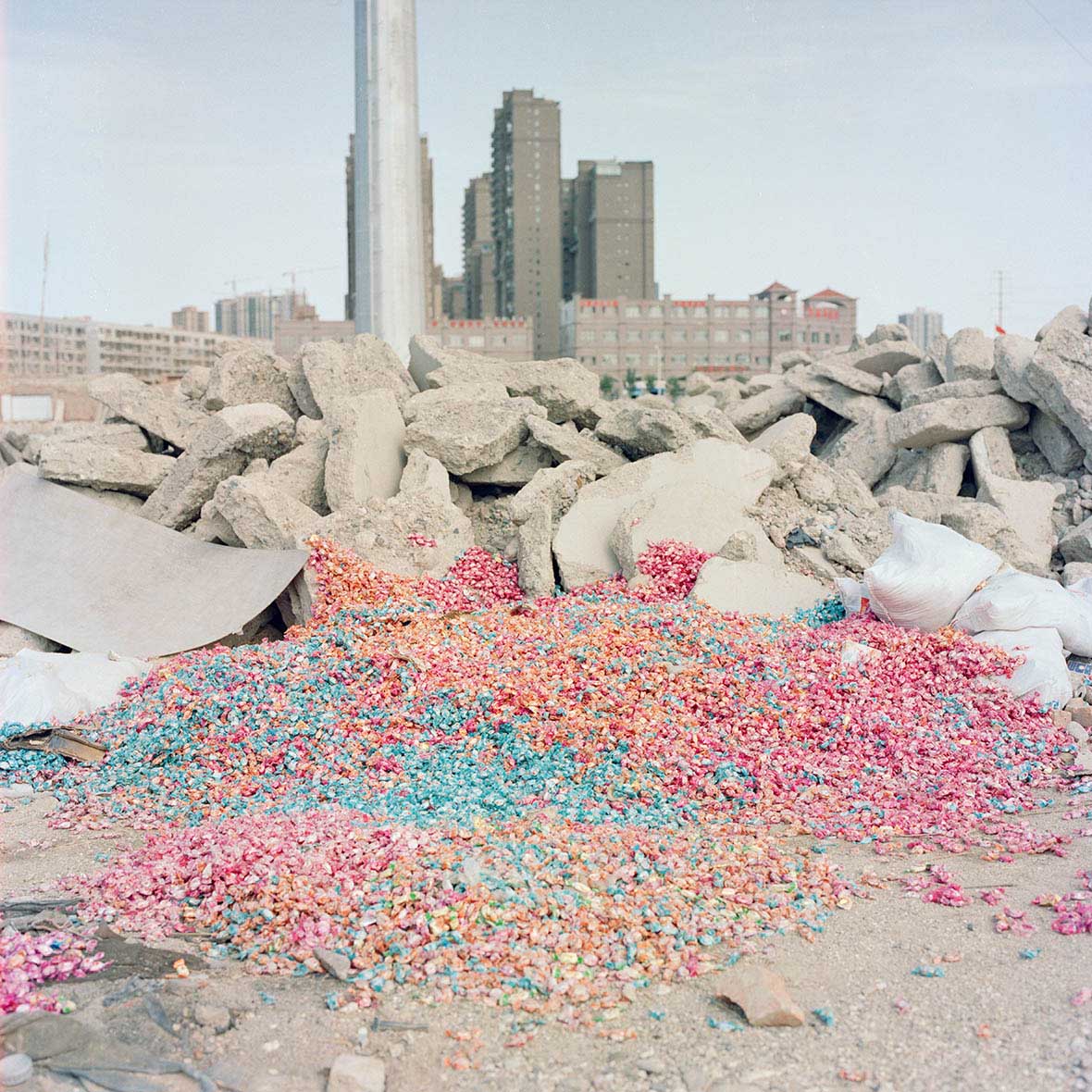
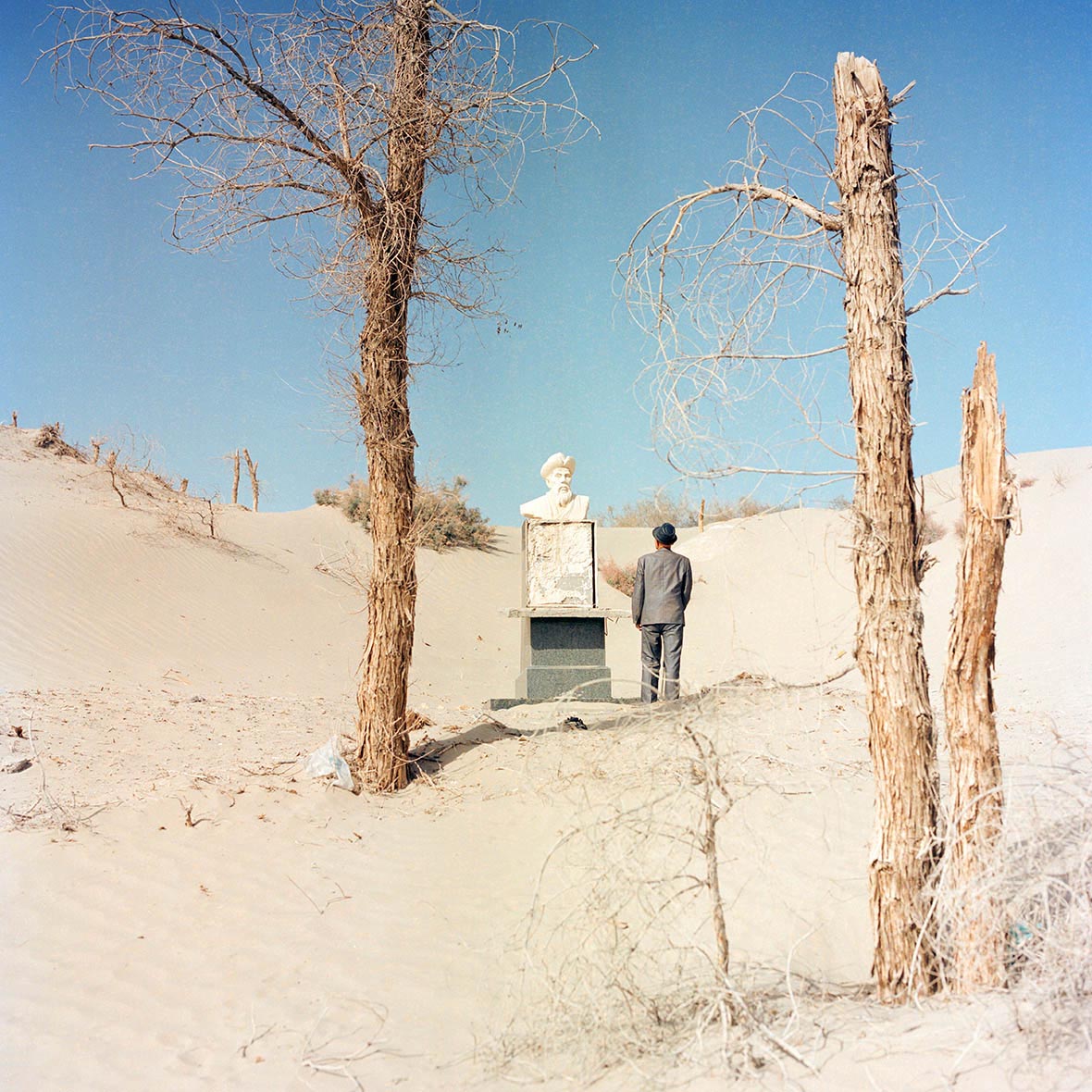
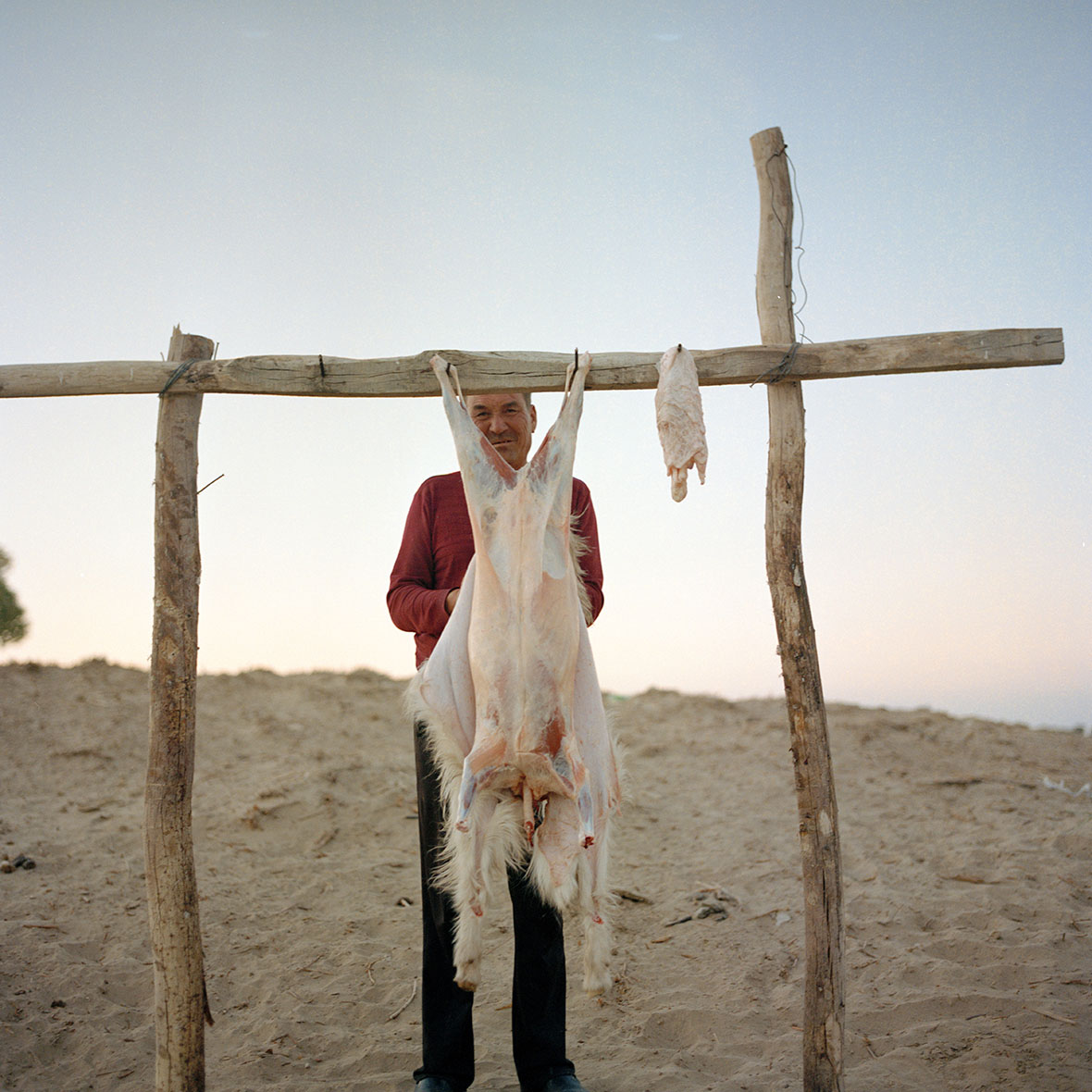
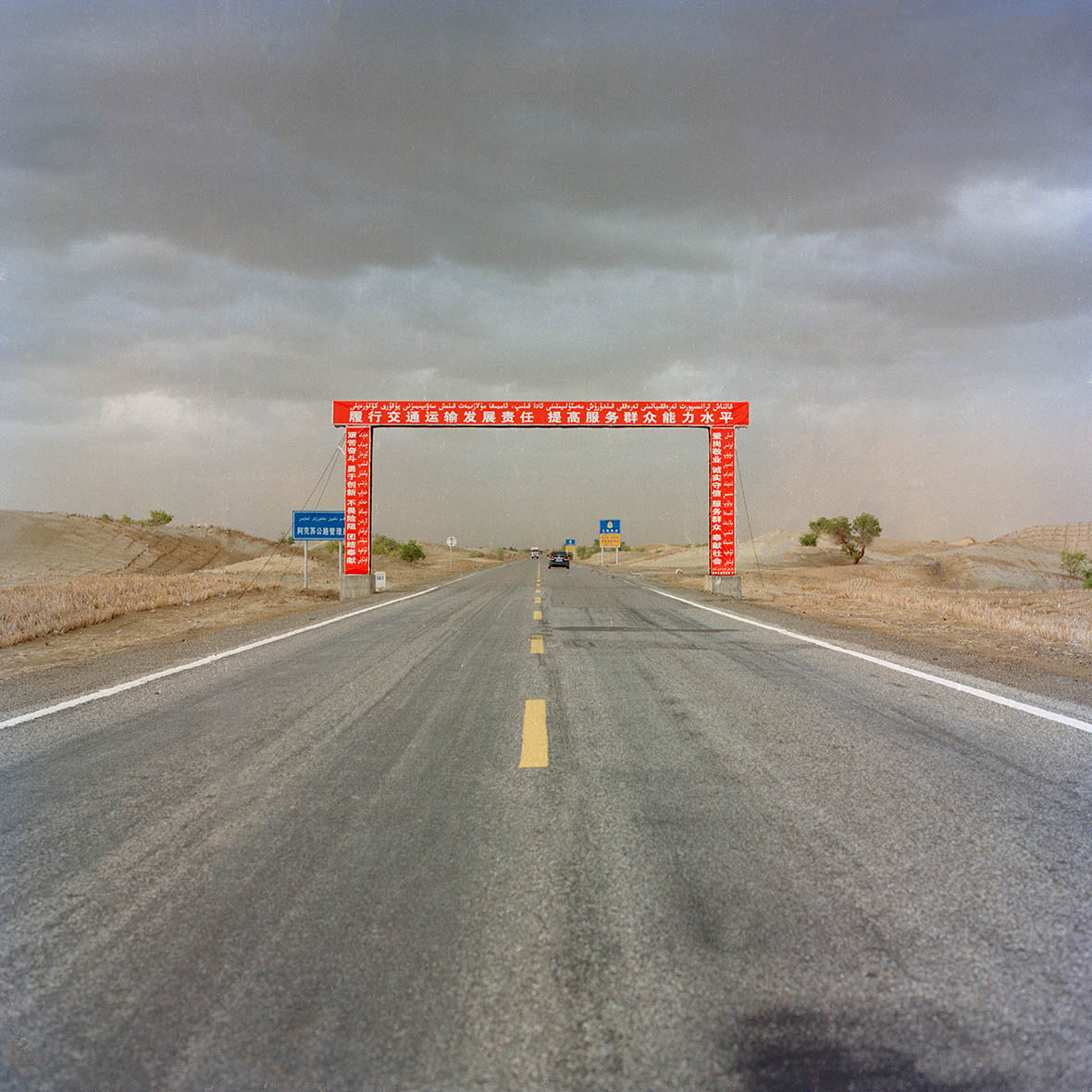
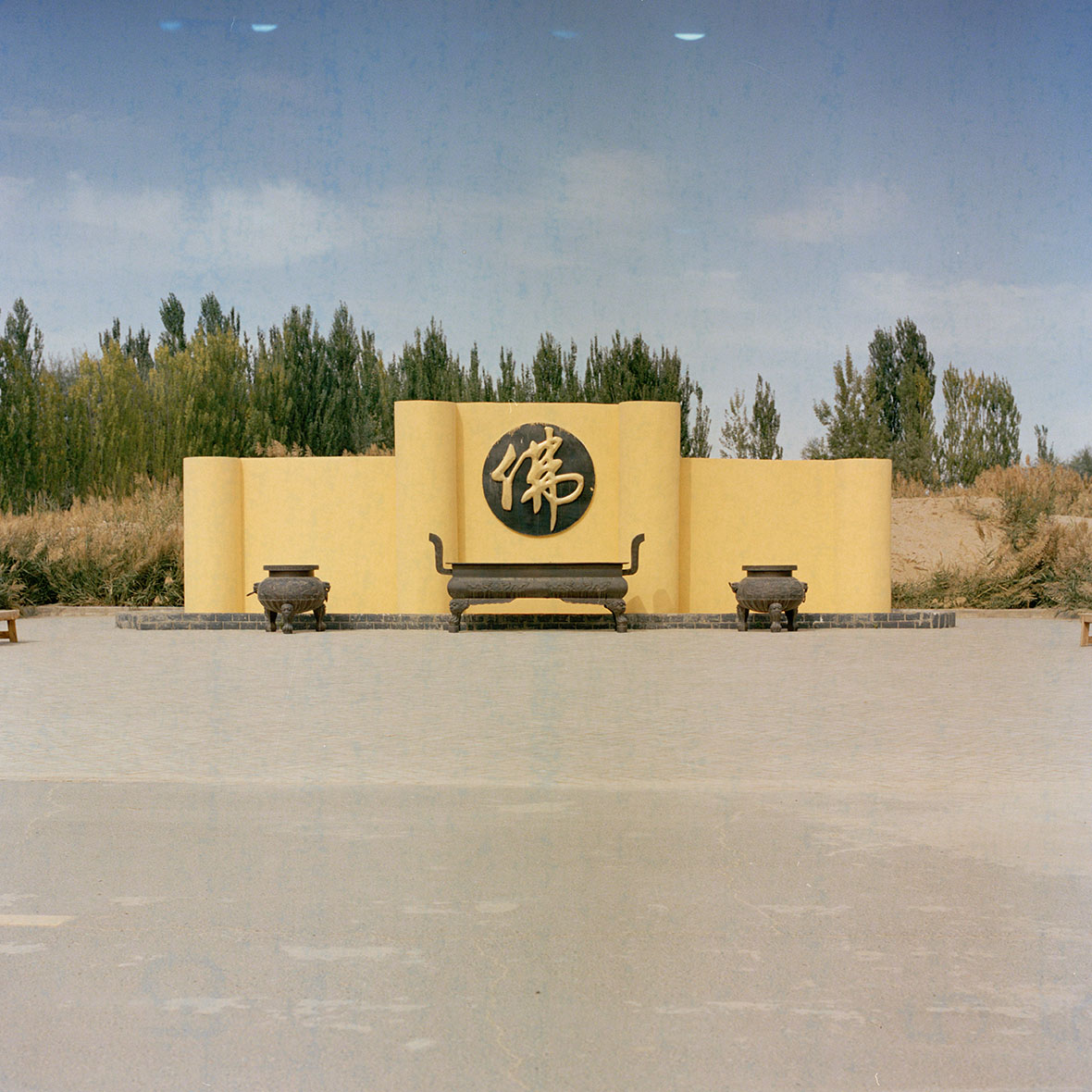
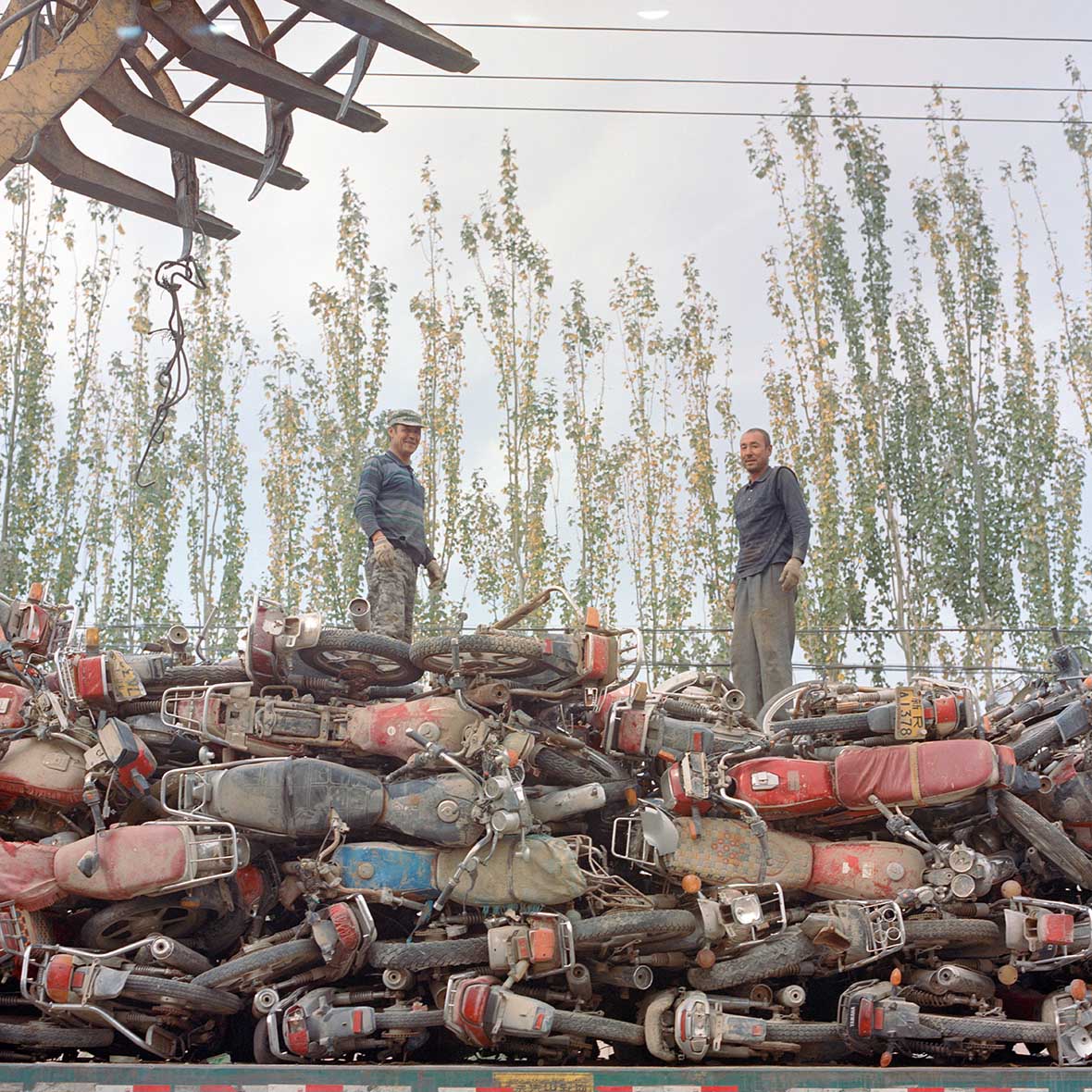
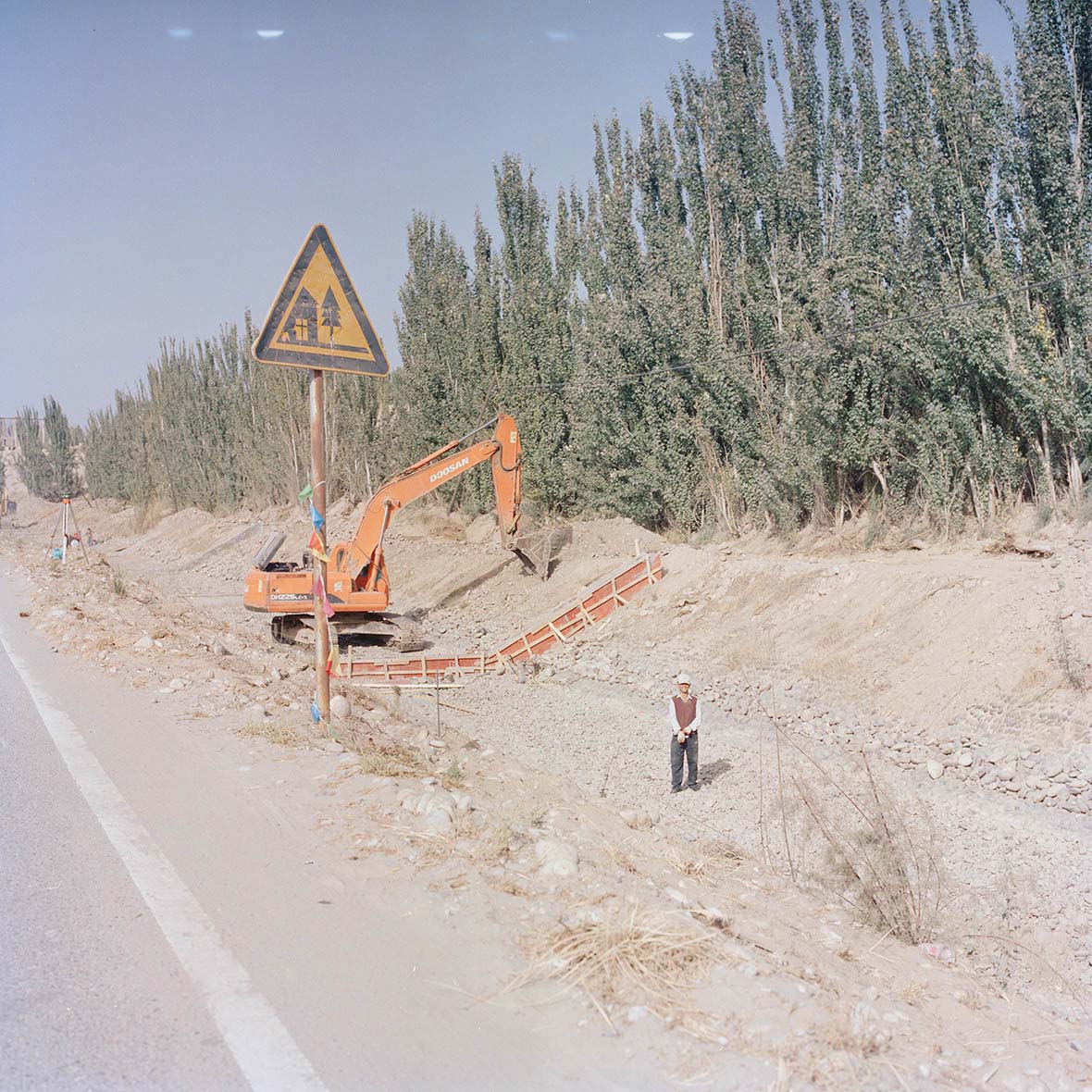
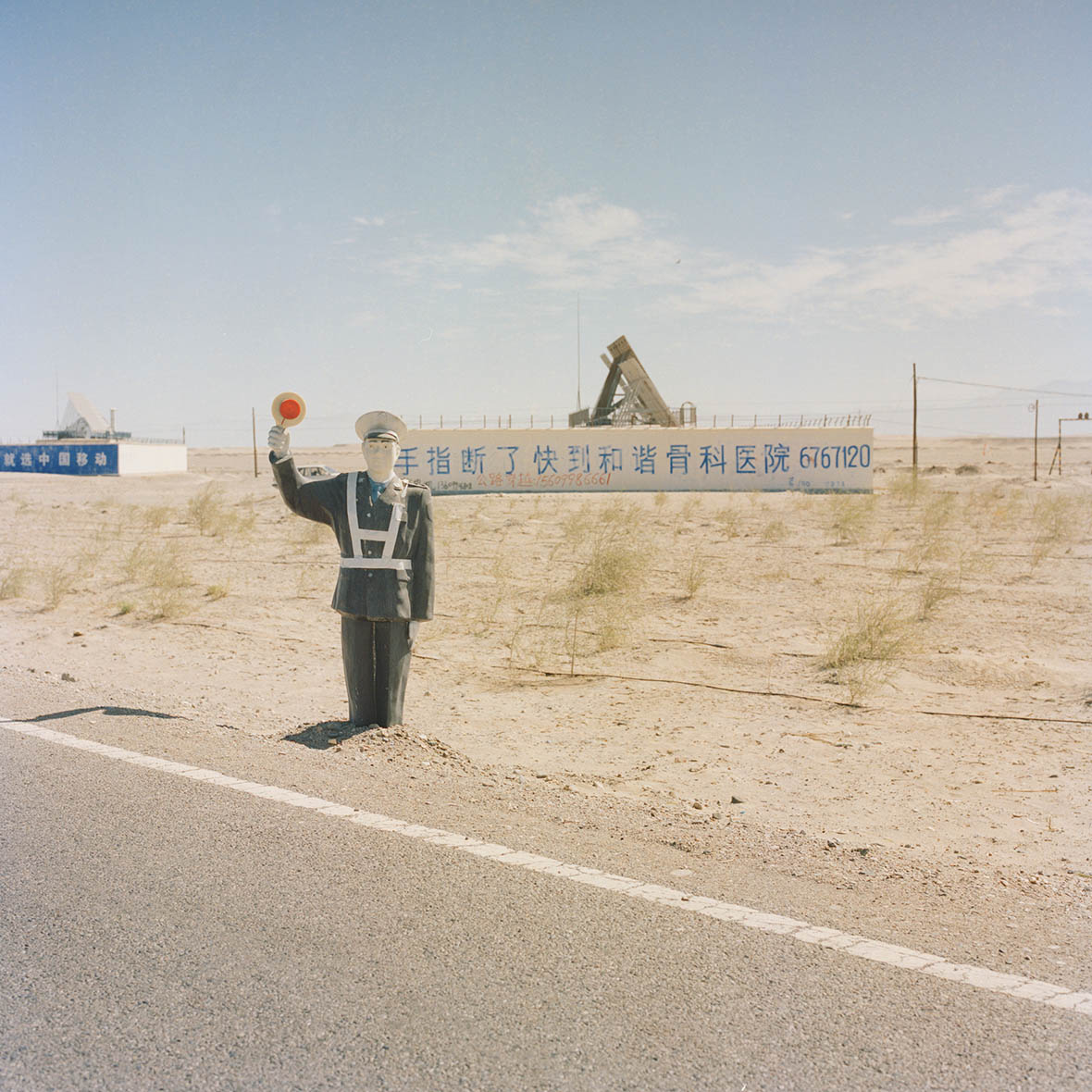
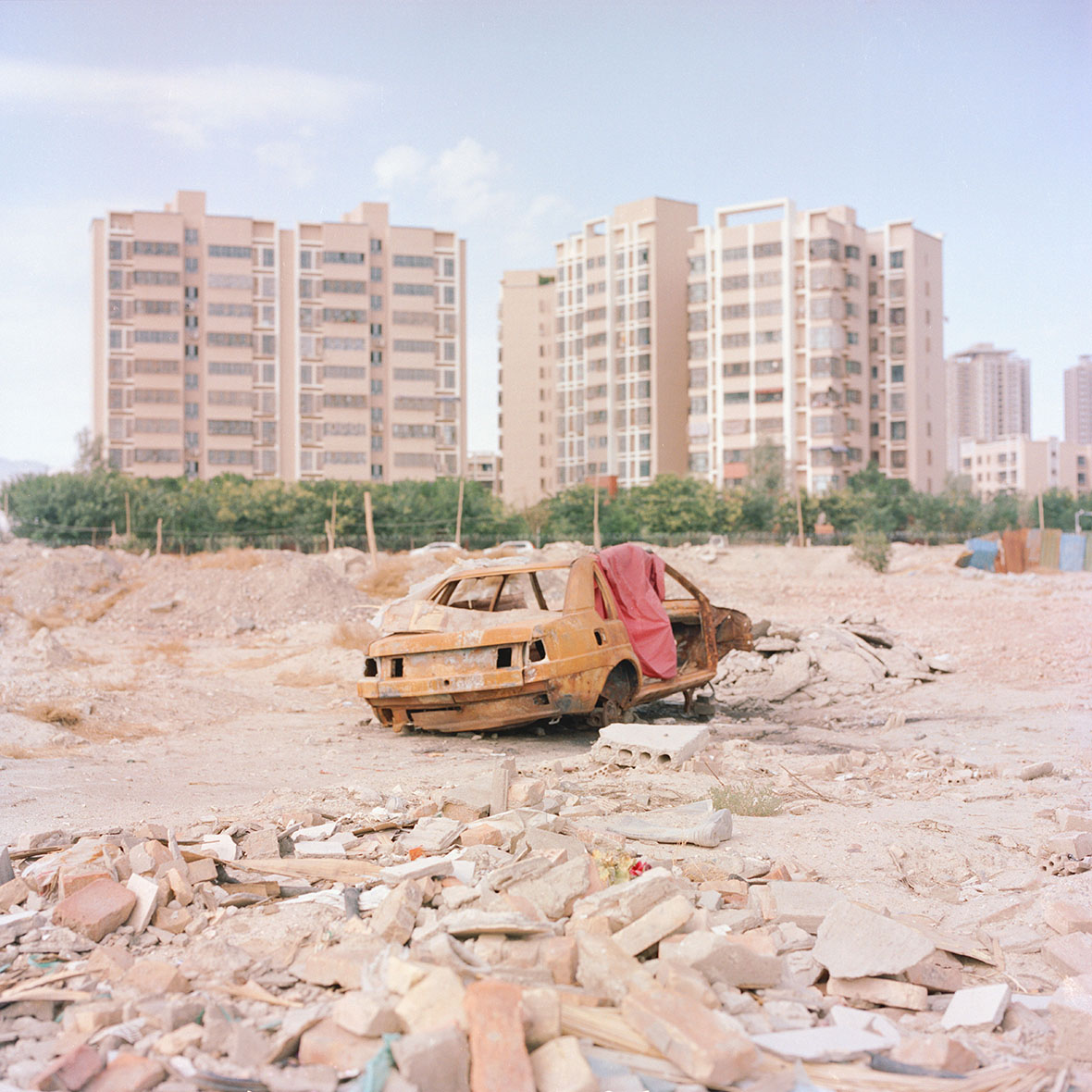
Like this story? Follow neocha on Facebook and Instagram.
Website: zhangboyuan.net
Weibo: ~/张博原
Contributor: Chen Yuan
